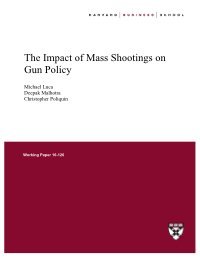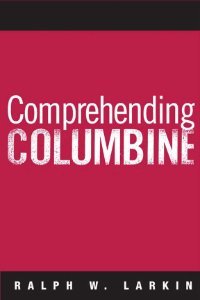By William S. Pollack, William.; Modzeleski, and Rooney, Georgeann
In the wake of several high-profile shootings at schools in the United States, most notably the shootings that occurred at Columbine High School on April 20, 1999, the United States Secret Service (Secret Service) and the United States Department of Education (ED) embarked on a collaborative endeavor to study incidents of planned (or "targeted") violence in the nation's schools. Initiated in 1999, the study, termed the Safe School Initiative (SSI), examined several issues, most notably whether past school-based attacks were planned, and what could be done to prevent future attacks. The SSI findings highlight that in most targeted school-based attacks, individuals, referred to as "bystanders" in this report, had some type of advanced knowledge about planned school violence. Despite this advanced knowledge, the attacks still occurred. This study aimed to further the prevention of targeted school-based attacks by exploring how students with prior knowledge of attacks made decisions regarding what steps, if any, to take after learning the information. The study sought to identify what might be done to encourage more students to share information they learn about potential targeted school-based violence with one or more adults. Six key findings were identified. Given the small sample size and the exploratory nature of the study, generalization from these findings may be limited. The findings are: (1) The relationships between the bystanders and the attackers, as well as when and how the bystanders came upon information about the planned attacks, varied; (2) Bystanders shared information related to a threat along a continuum that ranged from bystanders who took no action to those who actively conveyed the information; (3) School climate affected whether bystanders came forward with information related to the threats; (4) Some bystanders disbelieved that the attacks would occur and thus did not report them; (5) Bystanders often misjudged the likelihood and immediacy of the planned attack; and (6) In some situations, parents and parental figures influenced whether the bystander reported the information related to the potential attack to school staff or other adults in positions of authority,
Washington, DC: United States Secret Service and United States Department of Education, 2008. 15p.





















